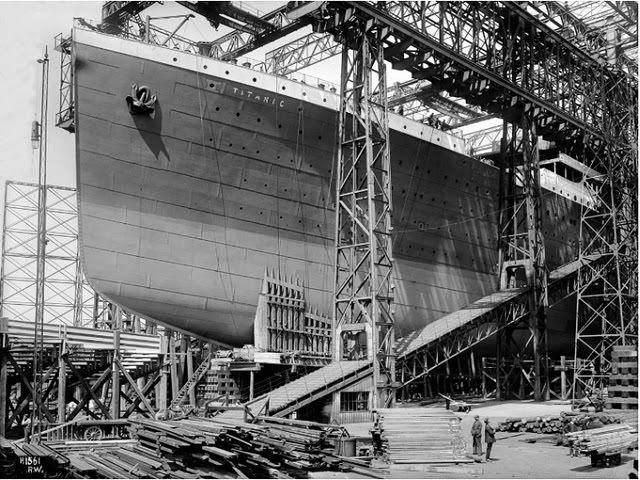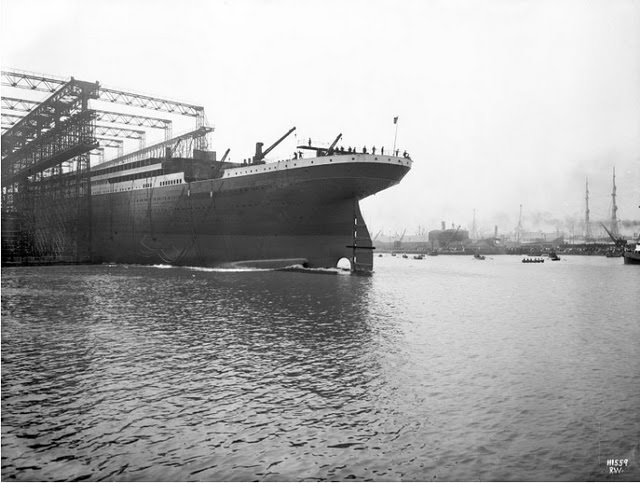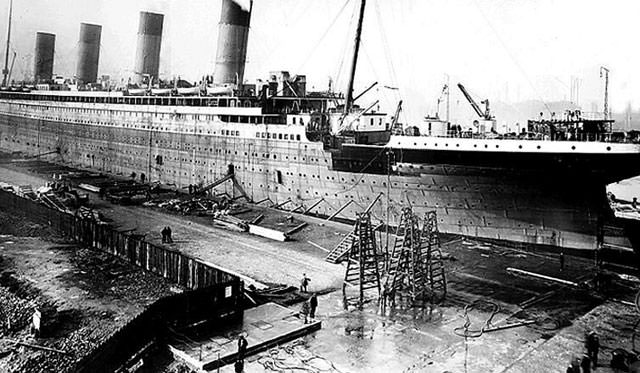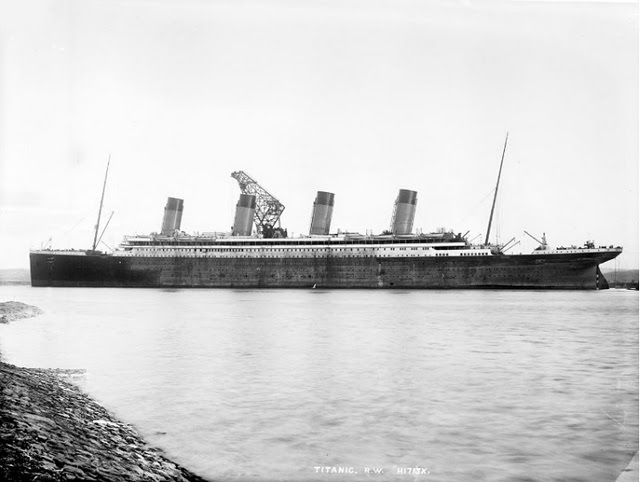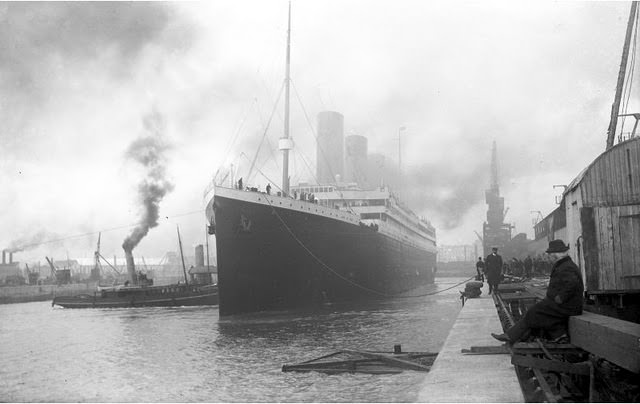The RMS Titanic was a British luxury passenger liner that sank in the North Atlantic Ocean on April 15, 1912, after striking an iceberg during her maiden voyage from Southampton, England, to New York City.
Construction of Titanic
Construction of the Titanic began in 1909 at the Harland and Wolff shipyard in Belfast, Ireland. The ship was designed by naval architect Thomas Andrews and was to be the largest and most luxurious ship of its time. The Titanic was constructed using a combination of steel and iron and was divided into 16 compartments, which were separated by bulkheads that could be closed off in case of emergency. This feature was intended to make the ship unsinkable. However, it was later determined that the bulkheads were not high enough to prevent water from flooding multiple compartments if the ship was breached.
The Titanic had several decks, including the Boat Deck, which was the highest deck and where the lifeboats were locate. The Promenade Deck, where first-class passengers could take walks; the Bridge Deck, which housed the bridge, wheelhouse, and officer’s quarters, and the Lower Deck, where the cargo and third-class passengers were located. The Titanic had several amenities on board, including a swimming pool, a gymnasium, a Turkish bath, and several restaurants and cafes. First-class passengers had access to private promenades and luxurious suites. In contrast, second-class passengers had access to comfortable cabins and public rooms, and third-class passengers had access to communal areas and dormitory-style accommodations.
The ship was built using a combination of traditional shipbuilding techniques and the latest technology of the time. The hull was constructed using a process known as riveting, in which large steel plates were fastened together with iron rivets. The ship’s decks and superstructure were made of wood, while the cabins and public areas were lined with ornate paneling and furnishings. The Titanic was powered by 29 boilers and triple-expansion steam engines that could generate a combined power of 46,000 horsepower. This power was used to drive the ship’s propellers and could reach a top speed of around 23 knots. The Titanic also had a system of watertight doors that could be remotely closed in the event of an emergency, which was intended to slow down the ship’s flooding. However, the system failed during the sinking of the Titanic as the watertight doors were not closed fast enough.
The Titanic was equipped with 20 lifeboats, which were intended to accommodate around 1,178 people. However, the ship was carrying 2,223 passengers and crew at the time of the sinking, so not enough lifeboats were available to save all of the passengers.
Working of Titanic
The Titanic’s engines were of the triple-expansion type, which means that steam was expanded in three stages to produce power. This type of engine was commonly used in ships at the time, as it was more efficient than earlier types of steam engines.
The engines were located in the engine room at the rear of the ship, and were operated by a team of engineers and other crew members. The main components of the engine were the boilers, the engines themselves, and the propellers. The boilers produced steam, which was then sent to the engines. The engines used the steam to power the pistons, which in turn drove the propellers.
The boilers were coal-fired and were located in the ship’s boiler room. They were tended to by a team of firemen and trimmers who were responsible for stoking the boilers and maintaining the right level of steam pressure.
The engines were tended to by a team of engineers, who were responsible for monitoring and maintaining the engines and other mechanical systems on the ship. The chief engineer was the most senior member of the engineering team and was responsible for overseeing all of the ship’s mechanical systems.
The ship’s navigation and overall operation was handled by a separate team of officers and crew members, including the captain, navigator, and watch officers. The ship was also equipped with a crew of stewards and other personnel who were responsible for the comfort and safety of the passengers. In total, the Titanic had a crew of around 860 people.
Sinking of the Titanic
On April 14, 1912, the Titanic struck an iceberg and began to take on water. Despite the crew’s efforts to keep the ship afloat, the Titanic sank in the early hours of April 15, 1912, with the loss of more than 1,500 lives. The disaster was due to a combination of factors, including the ship’s inadequate number of lifeboats, the crew’s lack of training in emergency procedures, and the failure of the ship’s crew to properly respond to the danger of the icebergs.
The sinking of the Titanic was one of the deadliest peacetime maritime disasters in history and led to changes in maritime laws and regulations, including the requirement for ships to carry enough lifeboats for all passengers and crew. The wreck of the Titanic was discovered in 1985 and has been the subject of numerous documentaries, books, and films, including the 1997 film “Titanic” which won the Academy Award for Best Picture.












